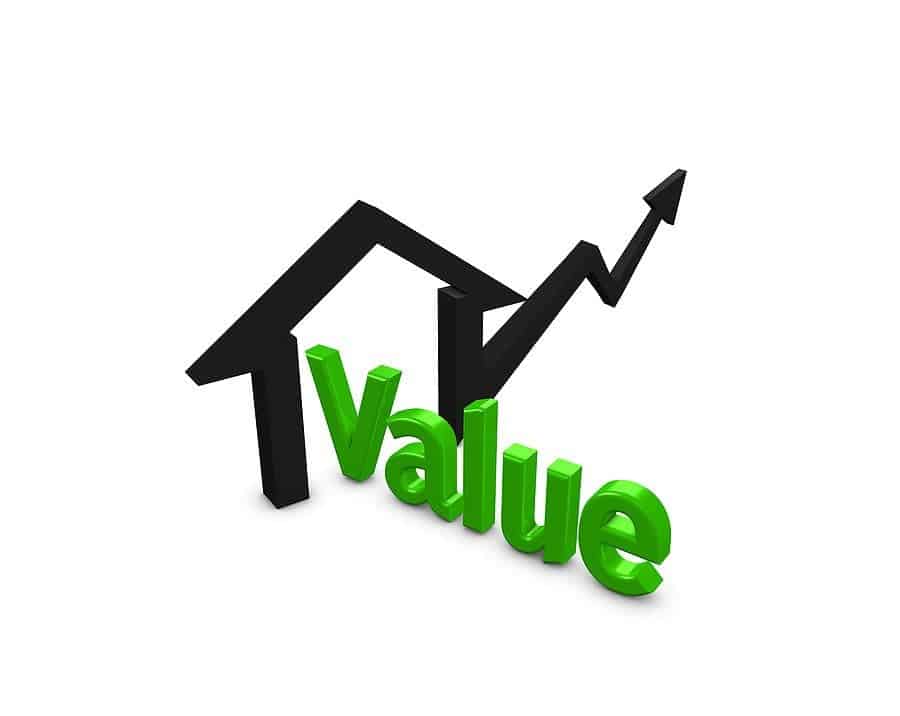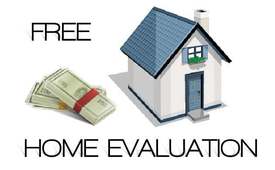A home’s value generally appreciates 3 % to 4% every year, which is attributed mostly to population growth and inflation. However in 2016, homeowners saw their homes increase in value to an average of 6.3%.
Realtor.com®’s research team sought to discover what might boost a home’s value even more and just what home features buyers could possibly be willing to pay more for. Researchers analyzed millions of listings on realtor.com® from 2011 to 2016 to calculate the annual price growth rate of homes with certain features.
What Definitely Will Make a Home Increase in Value
Here are some of the clear winners in housing appreciation:Small homes: Homes smaller than 1,200 square feet appreciated by a typical rate of 7.5% a year for the past five years. On the other hand, larger homes of 2,400 square feet or more rose by 3.8% annually. The smaller-home demand is being driven by millennials wanting to enter the market with a more cost-effective starter home and baby boomers who are looking to downsize, realtor.com® notes. Further, smaller homes have been in shorter supply, which happens to be prompting prices to increase more as a result of high demand, says Jonathan Miller, president of Miller Samuel, a real estate appraisal firm.
Two-bedroom homes: Homes with two bedrooms appreciate at a rate of 6.6 % a year, in comparison to homes with five bedrooms that appreciate at 4.3% annually, realtor.com®’s research team found.
Open floor plans: Homes with open floor plans appreciate 7.4 % annually. It’s the hottest appreciating home feature that realtor.com® studied (see side for full list). Regarding features like stainless steel and granite, Miller says those amenities don’t really add any value to a home. “Those are what I call ‘have-to-have’ features,” Miller says. “A home needs to have them in a competitive market. But they don’t add long-term value. … Ten years from now, when you update your kitchen, they’ll be replaced.”
Modern and contemporary homes: Modern and contemporary architectural styles possess the highest potential for appreciation, increasing at about 7.7 % annually. This style of home is recognized for simple, geometric shapes, and large windows. Newly constructed modern homes also tend to be energy efficient. Bungalows and Traditional are the next highest appreciating styles at 6.5 % and 5.6%, respectively. Meanwhile, niche styles like Craftsman bungalows and Victorians are among the lowest appreciating architectural styles, at 3.7% and 2.2%, respectively. Researchers speculate that may be due to a few of the maintenance responsibilities in staying true to the home’s historical architecture that’s often associated with these styles of homes.
Green space views: Homes with a park view appreciate at 7.9 % annually, realtor.com®’s research team found. “[They] hold value over a longer period of time, and they recover quickly from a downturn,” says Michael Minson, a real estate pro in San Francisco at Keller Williams. “Buyers appreciate the tranquility and outdoor activities. They like being close to nature.” Indeed, homes with mountain views appreciated on average by 5.1 %, and homes with a lake view at 4.9 %. Ocean views appreciated the least of the “home views” studied, at just 3.6 % a year. Recent storms may have spooked buyers from oceanfront properties in addition to the indisputable fact that the highest-cost homes are generally along the ocean, realtor.com®’s research team notes.
